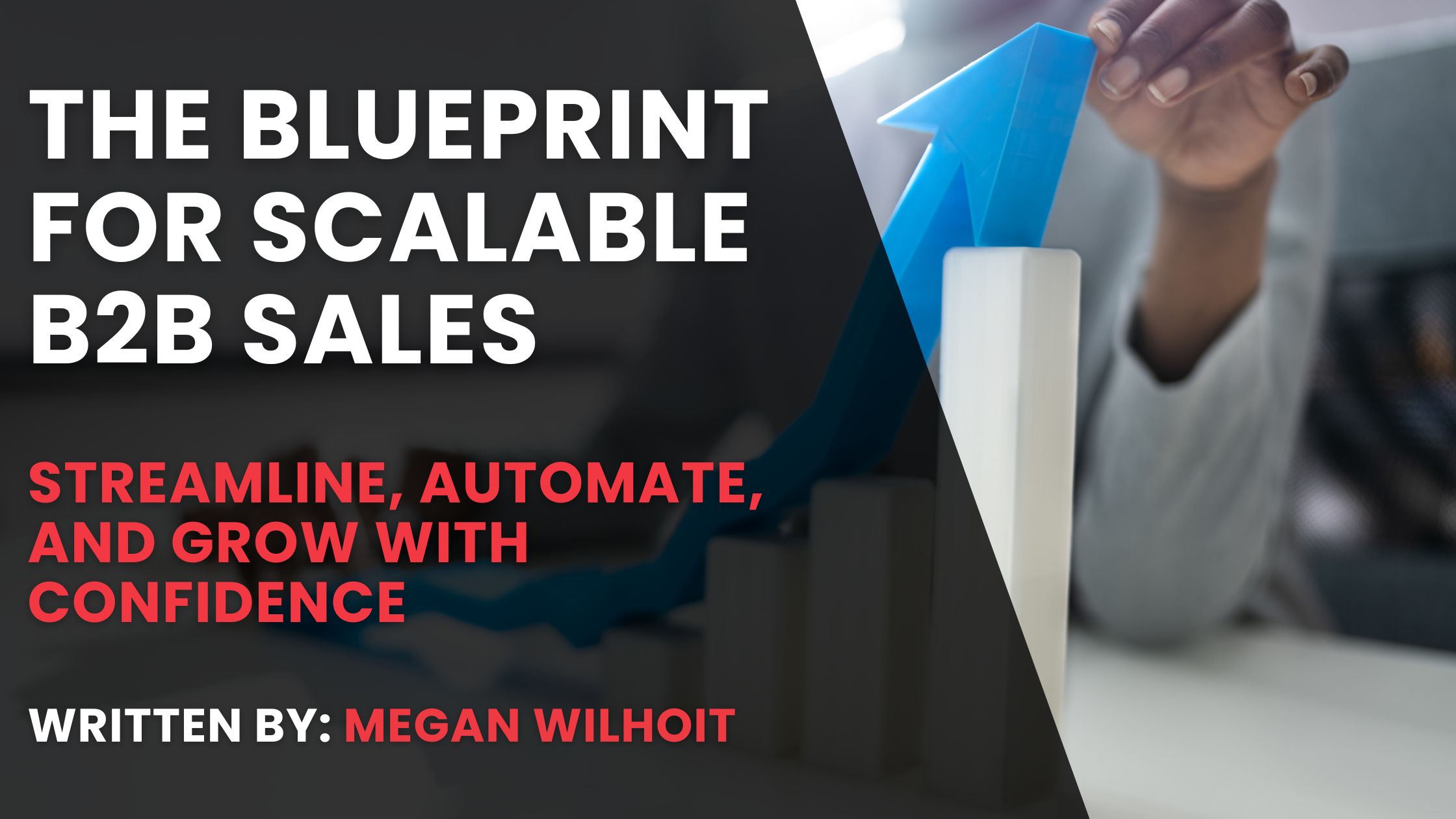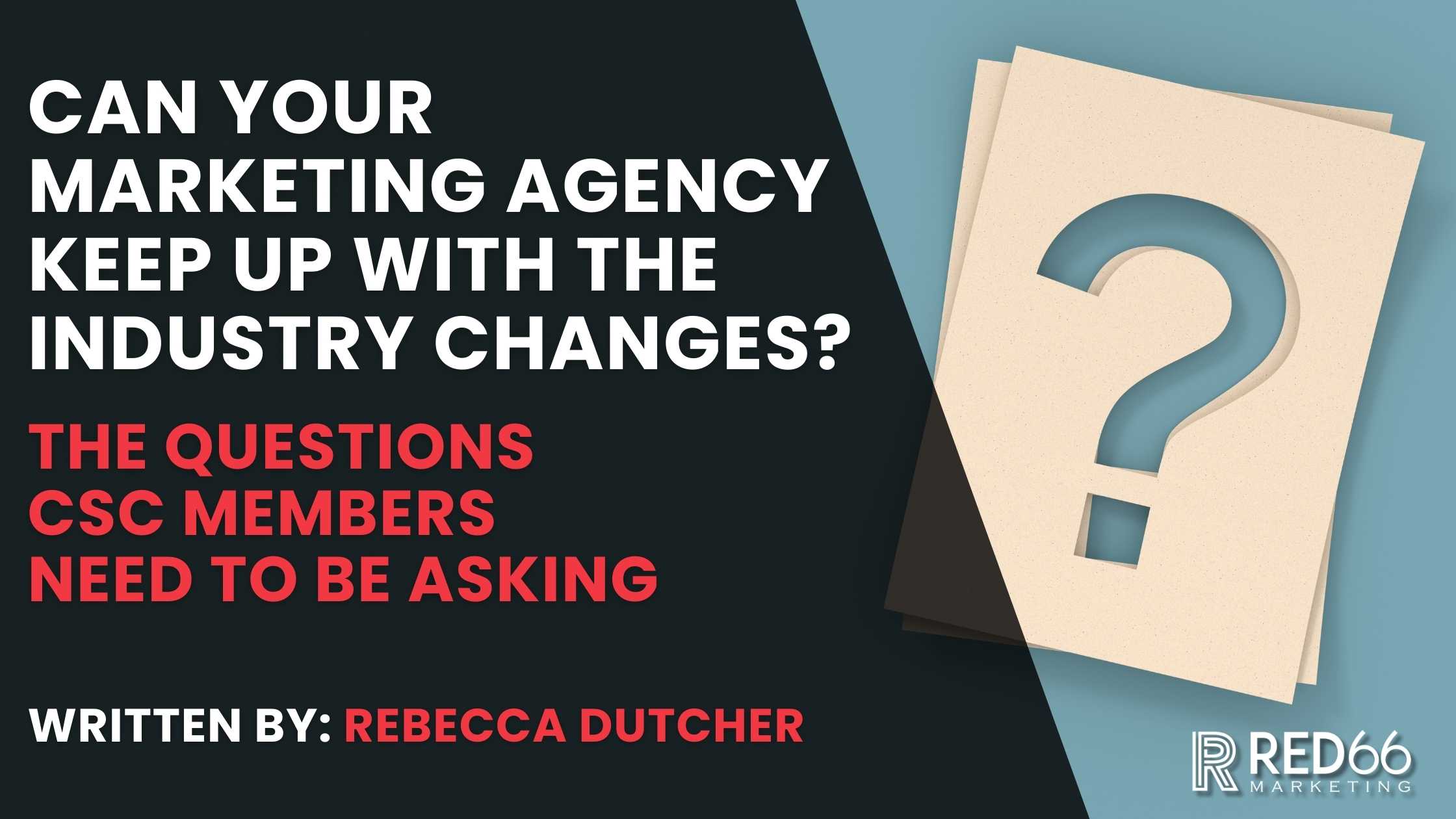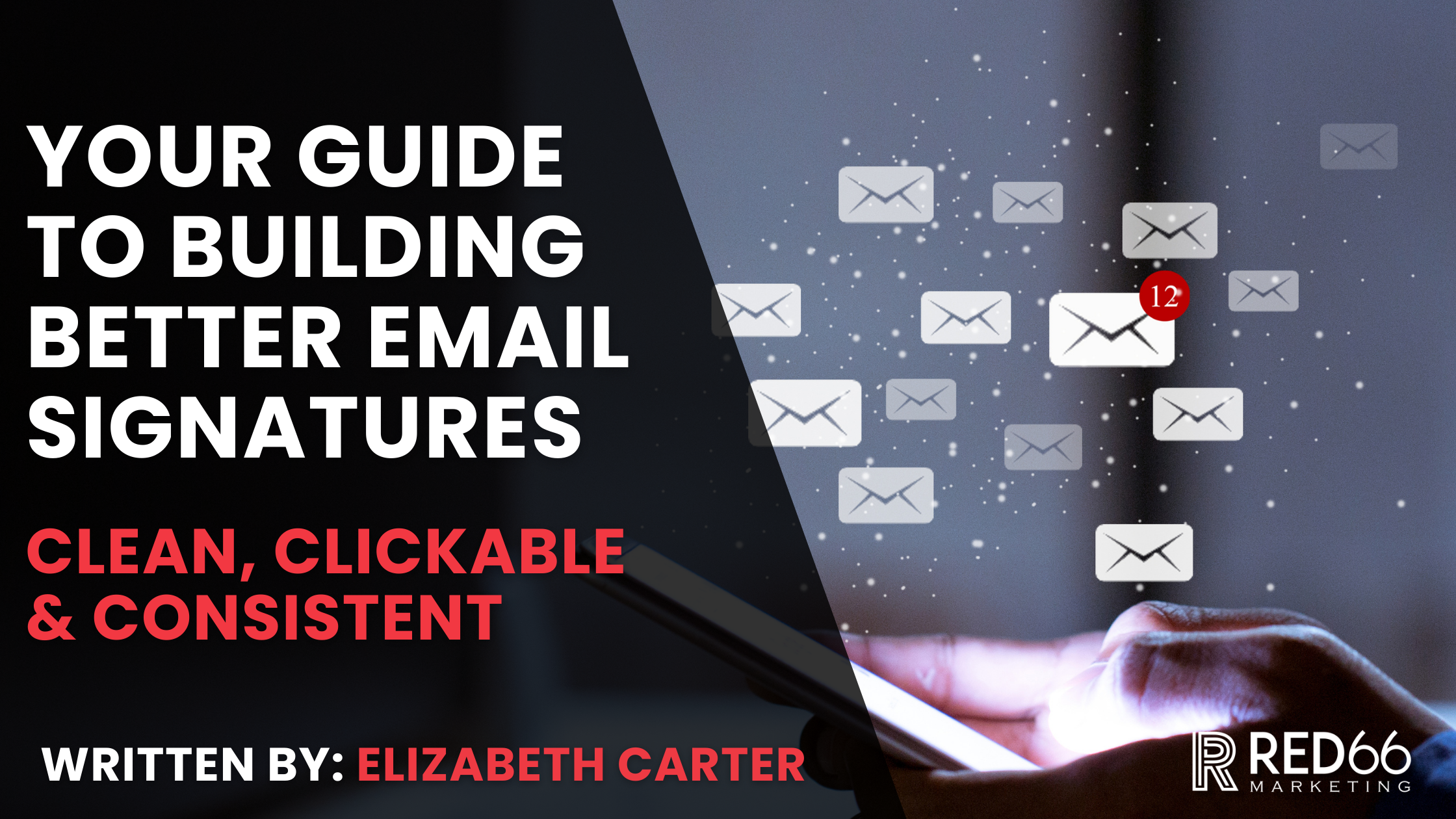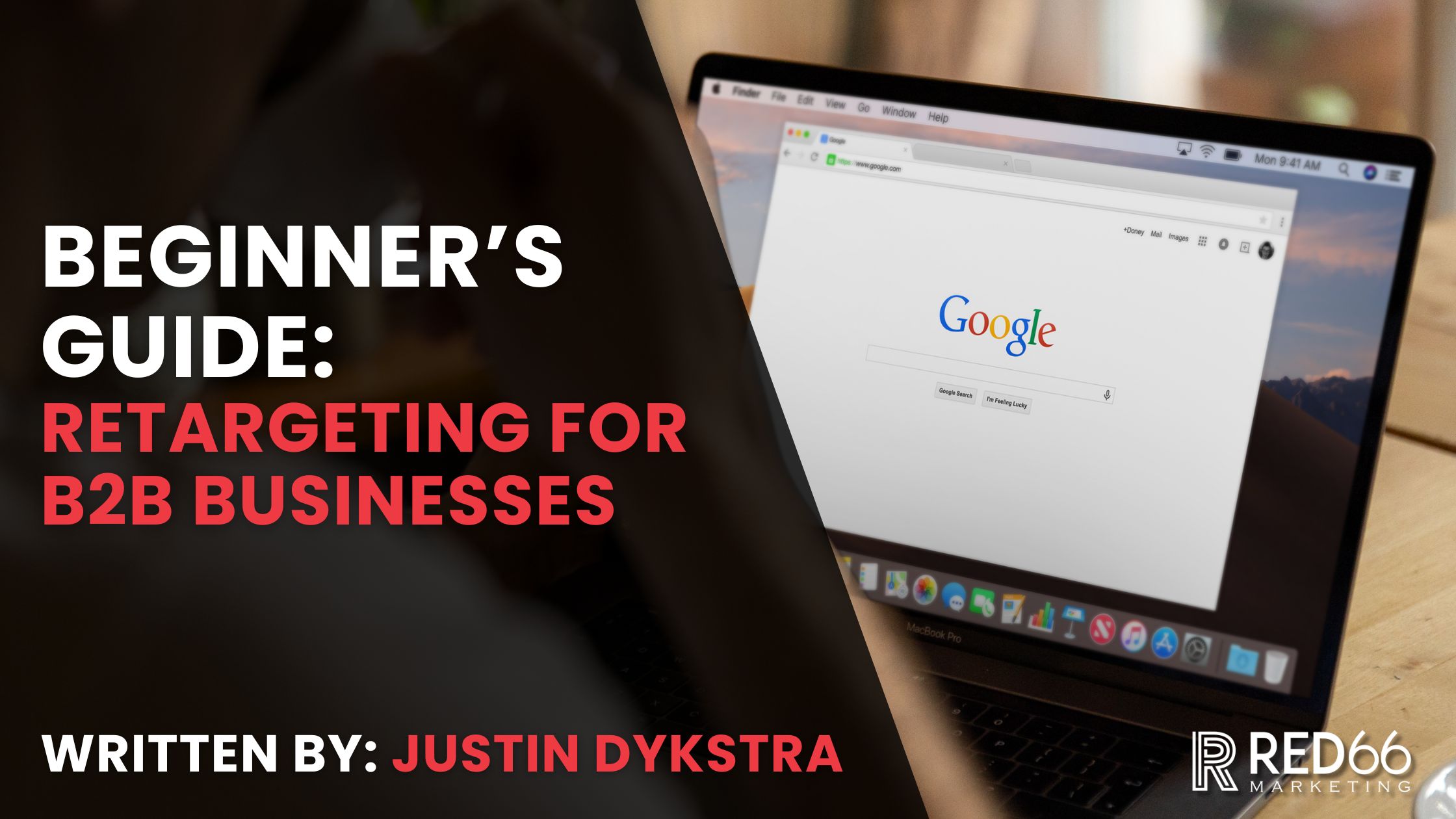How to Build a Scalable B2B Sales Pipeline

If your sales team is busy but revenue still feels unpredictable, the problem isn’t your effort. It’s your system.
A scalable B2B sales pipeline gives structure to the chaos. It turns guesswork into clarity and makes growth predictable. The goal isn’t just to get more leads, but to create a process that turns the right ones into customers again and again.
Let’s look at how to build one that actually works.
What a Scalable Sales Pipeline Really Means
A sales pipeline is your roadmap for turning interest into revenue. It helps you track where every opportunity stands, what needs to happen next, and how your team can keep things moving.
A scalable pipeline takes that a step further. It’s built to grow with your company and keep working as volume increases. That means:
- Clear, documented stages that match your actual sales process
- CRM and automation tools that keep information consistent
- Strong alignment between sales and marketing
- Metrics that guide improvement
Companies with a structured sales process see up to 18% higher revenue growth. That’s because structure makes it easier to focus on what works.
The Core Stages of a B2B Sales Pipeline
Every business is different, but most scalable sales pipelines follow these stages:
1. Lead Generation and Prospecting
This is where awareness starts. Use a mix of inbound tactics like SEO, paid ads, and content, and outbound tactics like networking and referrals. The goal is to fill your pipeline with quality leads that fit your ideal customer profile.
2. Qualification
Not every lead is a good fit. Use qualification criteria to focus on those with real potential. A strong qualification process looks at budget, authority, need, and timing so your team invests their time wisely.
3. Discovery and Nurturing
Once you’ve identified a strong lead, take the time to understand their challenges and goals. Build trust through conversations, content, and personalized follow-up. Marketing automation tools can help you stay top of mind without constant manual effort.
4. Proposal and Negotiation
By this point, your prospect knows who you are and what you can deliver. Your proposal should be specific, data-driven, and focused on ROI. Transparency and collaboration help close the deal faster.
5. Closing and Handoff
When a deal closes, the real relationship begins. Make the handoff to your onboarding or customer success team smooth and proactive. A great customer experience sets the stage for renewals and referrals.
6. Retention and Renewal
A scalable sales pipeline doesn’t stop at the sale. Build systems for customer feedback, upsells, and check-ins to keep clients engaged long-term.
How to Build a Pipeline That Scales
Here’s what turns a sales process into a predictable growth system.
Define Your Sales Process
Document each stage of your sales cycle so everyone knows what moves a lead from one phase to the next. Clear definitions make training easier and results more consistent.
Use a CRM and Automation Tools
A CRM like HubSpot or Salesforce keeps deals visible, automates follow-ups, and gives leadership real-time insight into performance. Automation helps your team focus on selling, not spreadsheet management.
Align Sales and Marketing
When these teams operate separately, leads fall through the cracks. Schedule regular check-ins and use shared dashboards to keep everyone accountable. Marketing should know which campaigns bring in qualified leads, and sales should share what messages convert best.
Build Nurture Sequences
Not every lead is ready to buy right away. Automated email or retargeting sequences help stay connected with potential customers until they’re ready to act. Personalization is key—speak to their challenges, not your features.
Focus on Quality Over Quantity
A smaller pipeline filled with well-qualified opportunities is more valuable than a large one filled with dead leads. Standardize how you score or prioritize leads so your sales team spends time where it counts most.
Metrics That Keep Growth on Track
The right data tells you if your pipeline is healthy. Track these regularly:
- Pipeline Value: Total value of all active deals
- Conversion Rate by Stage: Where do deals stall or drop off
- Sales Cycle Length: How long it takes to move from lead to close
- Lead Source Performance: Which channels bring the most qualified leads
- MQL-to-SQL Ratio: How effectively marketing efforts support sales
Regular reviews help identify what’s working and where your team needs support.
Common Pipeline Challenges (and Fixes)
Even great teams hit a few roadblocks. Here’s how to handle the most common ones:
- Lead Leakage: Integrate CRM and marketing automation tools so no contact goes missing.
- Sales and Marketing Misalignment: Keep communication open with shared reports and clear goals.
- Pipeline Overload: Focus on fewer, higher-quality leads.
- Stalled Deals: Revisit your follow-up timing and engagement strategy.
Building a scalable pipeline is about creating systems that adjust as your business grows.
The Long Game of Pipeline Growth
A scalable sales pipeline is never “done.” It evolves with your business, your buyers, and your market. The more you refine your process, automate the right tasks, and align your teams, the more consistent your results become.
That’s the kind of structure that doesn’t just support your sales team—it empowers it.
Ready to build a sales pipeline that drives predictable growth?









